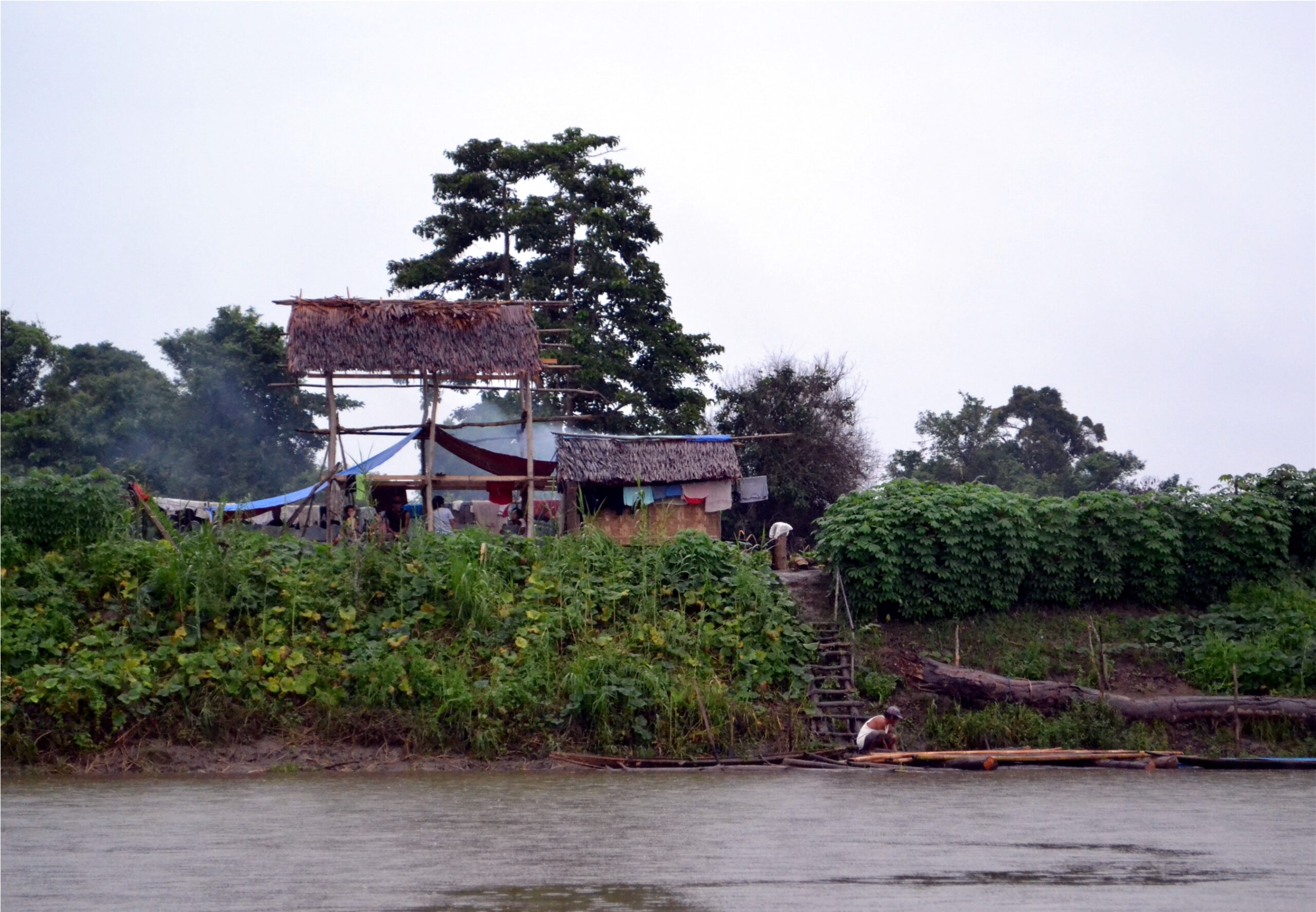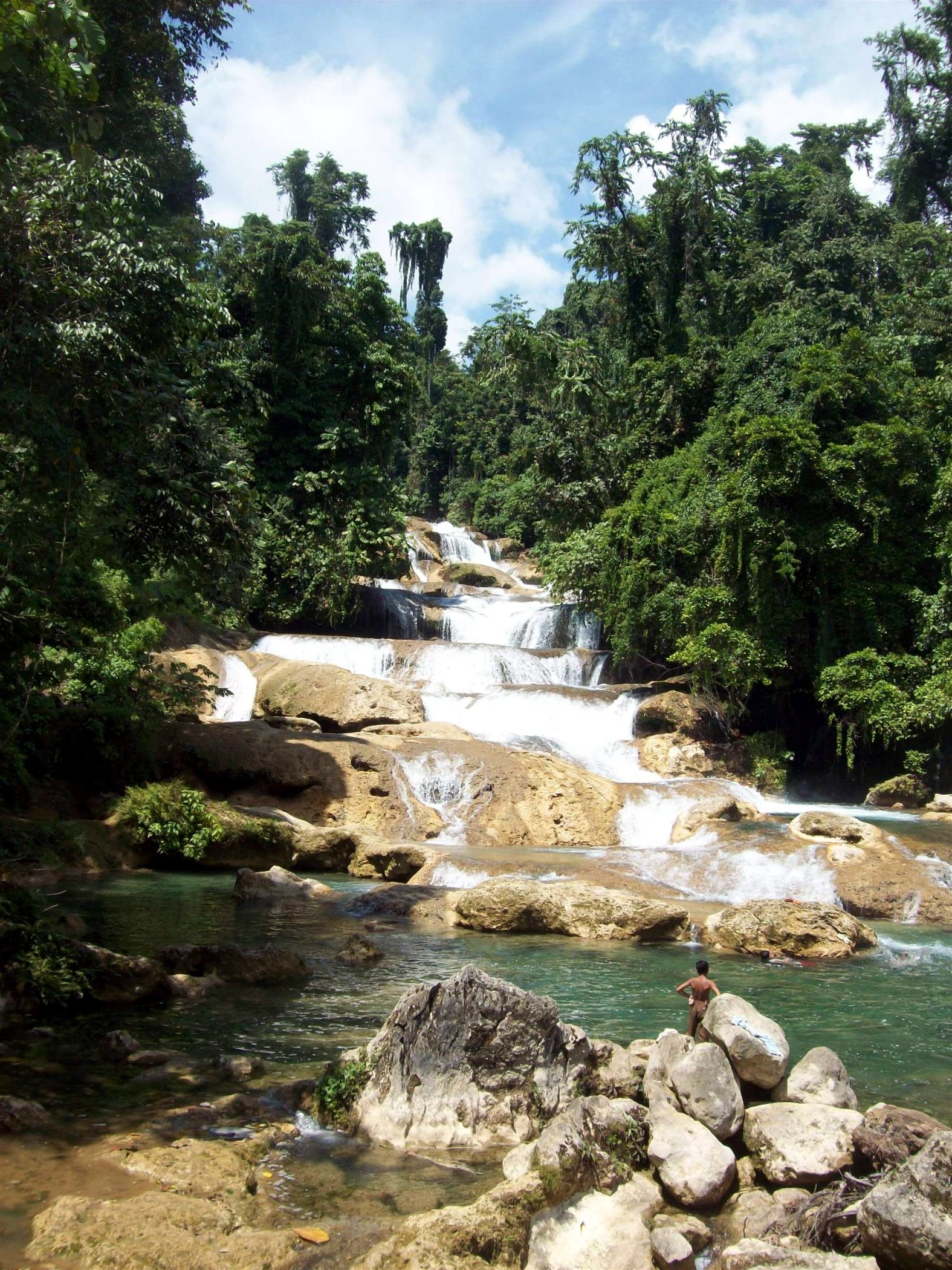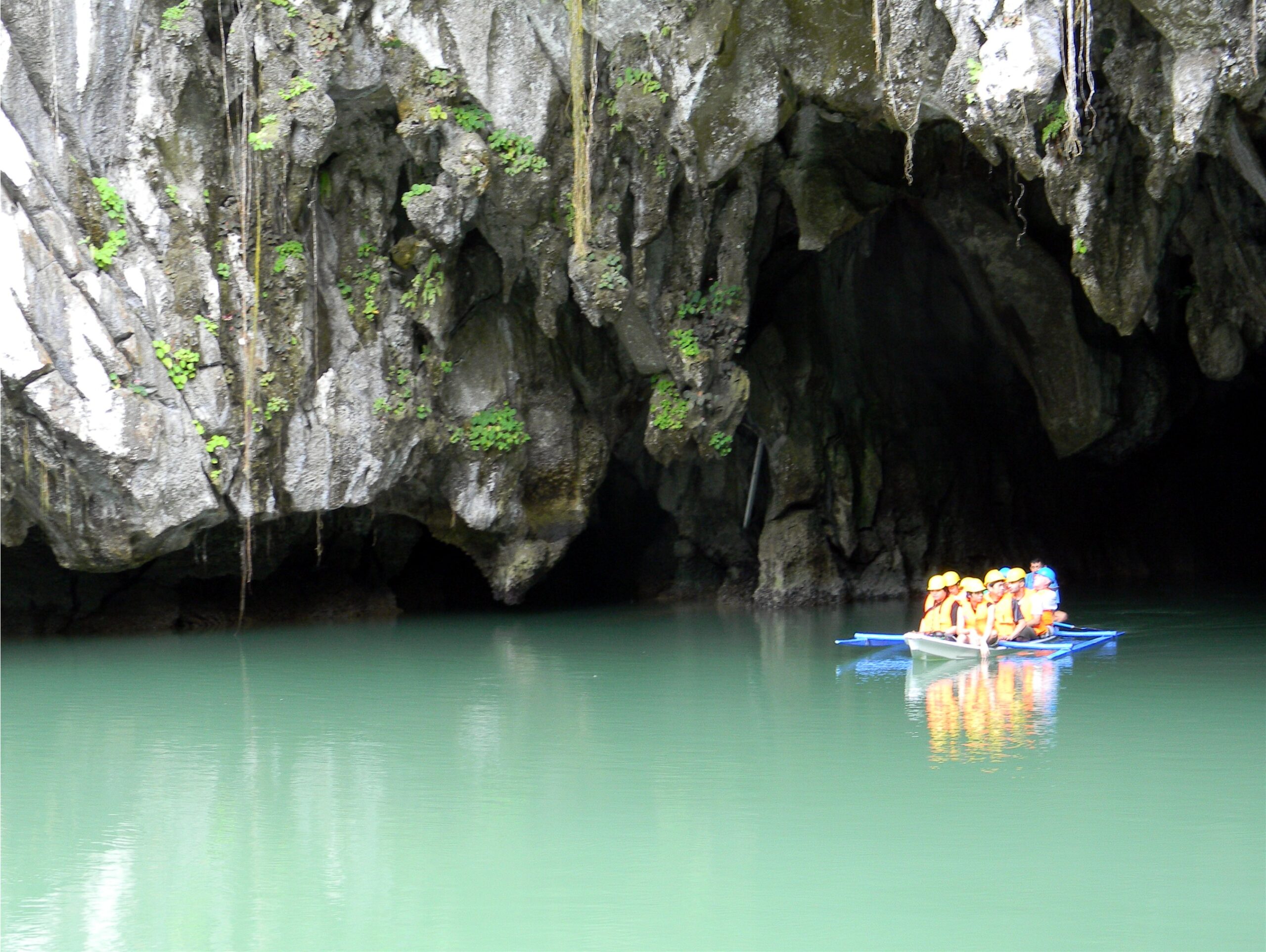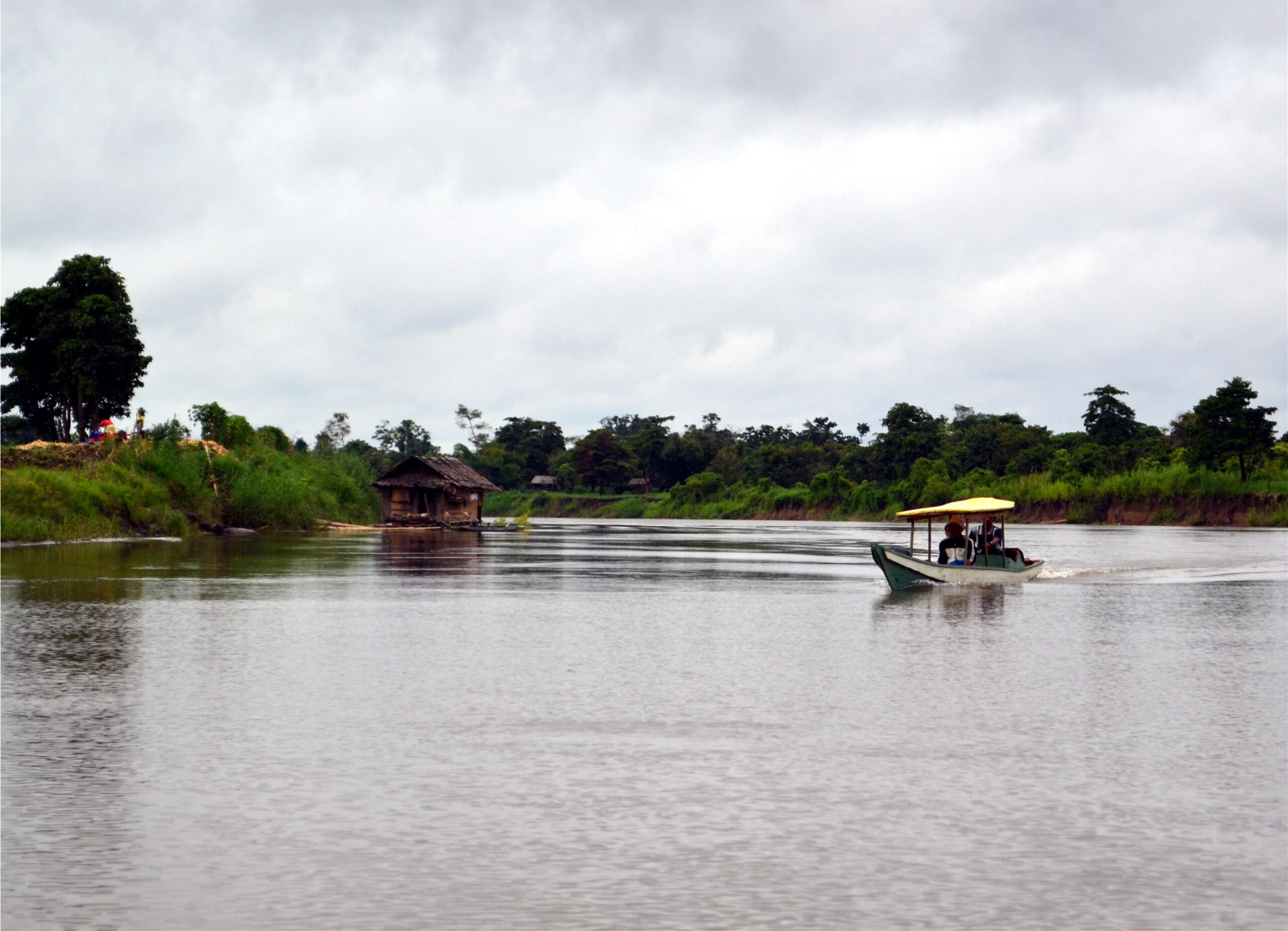Text and Photos by Henrylito D. Tacio
Most people think wetlands are wastelands. But they are not.
“Wetlands matter in the fight against climate change,” the Biodiversity Management Bureau (BMB), a line agency of the Department of Environment and Natural Resources (DENR), points out. “When they are burned or drained, they go from being a carbon sink to a carbon source.”
But that’s getting ahead of the story.
Every February 2, the international community observes World Wetlands Day raise awareness about wetlands. This year’s theme is: “Wetlands Action for People and Nature.”
“This underscores the significance of our concerted actions in conserving our natural resources like wetlands,” the Ecosystems Research and Development Bureau (ERDB). “It’s an appeal to invest financial, human, and political capital to save the world’s wetlands from disappearing and to restore those we have degraded.
“Wetlands play important roles like storing clean water for our use, providing a home for nature, keeping us safe from flood and storms,” adds ERDB, a line agency of the Department of Environment and Natural Resources (DENR). “Therefore, we should do our part to conserve and protect our wetlands.”
Paul A. Keddy, author of Wetland Ecology: Principles and Conservation, defines a wetland as “an ecosystem that arises when inundation by water produces soil dominated by anaerobic processes which, in turn, forces the biota, particularly rooted plants, to adapt to flooding.”
A patch of land that develops pools of water after a rainstorm would not be considered a “wetland,” even though the land is wet. Specifically, wetlands are characterized as having a water table that stands at or near the land surface for an extended period each year to support aquatic plants.


Under the Ramsar International Wetland Conservation Treaty, wetlands are defined as follows:
Article 1.1: “… wetlands are areas of marsh, fen, peatland or water, whether natural or artificial, permanent or temporary, with water that is static or flowing, fresh, brackish or salt, including areas of marine water the depth of which at low tide does not exceed six meters.”
Article 2.2: “(Wetlands) may incorporate riparian and coastal zones adjacent to the wetlands, and islands or bodies of marine water deeper than six meters at low tide lying within the wetlands.”
In simpler terms, wetlands occur where water meets land. They include mangroves, peatlands and marshes, rivers and lakes, deltas, floodplains, flooded forests, rice fields, and even coral reefs.
The Ramsar Convention is an intergovernmental treaty that provides the framework for national action and international cooperation for the conservation and wise of wetlands and their resources.
The Philippines enforced the Ramsar Convention throughout the country on November 8, 1994. Since then, Ramsar has designated eight wetlands of international importance: Agusan Marsh Wildlife Sanctuary in Agusan del Sur, Naujan Lake National Park in Oriental Mindoro, Olango Island Wildlife Sanctuary in Cebu, Negros Occidental Coastal Wetlands Conservation Area in Negros Occidental, Puerto Princesa Subterranean River National Park in Palawan, the Tubbataha Reefs Natural Park in the Sulu Sea, the Las Piñas-Parañaque Critical Habitat and Ecotourism Area of Metro Manila, and Sasmuan Pampanga Coastal Wetlands in Pampanga.
Two Ramsar sites have been declared by the United Nations Educational, Scientific and Cultural Organization (UNESCO) as world heritage sites, namely Puerto Princesa Subterranean River National Park and Tubbataha Reefs Natural Park.
Peatlands, also known as mires, have been confirmed in Sab-a basin in Leyte and Agusan March in Mindanao. There are also some reports that peatlands also exist in Ligawasan Marsh in Mindanao, Dolongan area in Basey, Samar, Southern Leyte, Mount Pulag in Northern Luzon, Surigao del Norte, Northeastern Mindanao, and Naujan Lake Marshland.
According to BMB, the first basic function of wetlands is that they ensure fresh water. “Wetlands provide us with drinking water,” it explains. “Only 0.75% of the world’s fresh water is accessible for direct human uses. The United Nations estimates that 2 billion people will not have access to safe drinking water by 2025.”


Wetlands also filter harmful waste from water. “Eighty percent of wastewater is discharged into the natural environment without any form of treatment,” BMB says. “The abundant plant life in wetlands absorbs waste, which helps purify water.”
Unknown to many, wetlands are nature’s shock absorbers. “Wetlands are a natural buffer during extreme weather. They store heavy rainfall during storms, which reduces flooding and delays the onset of droughts,” BMB states.
Dr. Rafael D. Guerrero III, former head of the Philippine Council for Aquatic and Marine Research and Development, agrees. “Mangroves serve as coastal buffers and reduce coastal erosion,” he says.
The wetlands are also very important when it comes to biodiversity. “Wetlands are home to more than 100,000 freshwater species,” BMB says. “They are essential for many amphibians, reptiles and migratory birds.”
Ornithologist Arne Jensen, who heads the records committee of Wild Bird Club of the Philippines (WBCP), told Philippine Daily Inquirer: “Birds that live in wetlands, or spend some time of their life in wetlands, are about 150 species or 22 percent of the Philippine avifauna. Most waterbird species have adapted to the drastically changing conditions of wetlands through their migratory behavior.”
Wetlands also guarantee food supply. “Wetlands provide important food products like fish and rice,” BMB says. Fish and rice are the country’s staple food. Each day, Filipinos consume about 31,450 metric tons of rice, according to former agriculture secretary Emmanuel F. Piñol.
In addition, wetlands sustain livelihoods. The BMB says wetlands support 61.8 million people that earn their living directly from fishing and aquaculture.
The role of wetlands when it comes to the problem of climate change cannot be ignored as they store carbon. “Peatlands alone hold 30% of all carbon stored on land,” it says. “This is twice the amount stored in the world’s forests, providing resilience against climate change.”
In fact, wetlands “play a significant role in climate change adaptation and disaster risk mitigation,” to quote the words of Loren Legarda, a staunch environmentalist.
Take the case of mangroves. “Mangroves act as natural barriers in coastal areas, protecting communities from storm surges, waves, tidal currents, and typhoons,” said Dr. Alice Joan G. Ferrer, a professor of the Division of Social Sciences at the University of the Philippines in Miag-ao, Iloilo.
Some scientific studies have shown that “a barrier of mangroves over 100 meters wide can reduce wave height by between 13% and 66%.” In addition, “a per kilometer width of mangroves can weaken storm surge by 5-50 centimeters and surface wind waves by more than 75%.”
Some years back, powerful storm surges brought by typhoon Gener caused flooding in Manila’s Bay area, forcing the Senate to shut down for a second time in a week and the US Embassy to cancel work at its chancery and suspend consular services.
Concrete seawalls that were supposed to shield Roxas Boulevard were destroyed, causing floodwaters to submerge the area.
Concrete seawalls are not permanent solutions; they are expensive and will ultimately break down,” says Dr. Elmer S. Mercado, former undersecretary of the Department of Environment and Natural Resources.
Dr. Mercado cites the case of the tsunami that hit Japan some years back. “The 10-meter-high seawalls did not save them,” he says. “What was worst was they got complacent that they continued building infrastructures along the coastal areas.”
If it happened in Japan, he says it will also happen in the Philippines. “We are worst here,” he reminds. “So, the best solution is to remove all settlements further back from main coastal areas and shorelines.”
Wetlands, particularly mangroves, can serve as a natural safeguard against disasters and calamities. “Mangroves serve as coastal buffers and reduce coastal erosion,” points out Dr. Rafael D. Guerrero III, an academician with the National Academy of Science and Technology. “The coastline of Manila Bay used to be full of mangroves. But with overexploitation and human settlements, they were denuded.”
Yes, despite their myriad uses, wetlands are not given much prominence. They are neglected and not given importance. “Encroachment on, or loss of, wetlands can cause serious environmental damage to the ecosystem, so they should be restored and rehabilitated when possible,” the DENR suggested.
Wetlands should be conserved through “wise use,” which the Ramsar Convention defines as “the maintenance of their ecological character, achieved through the implementation of ecosystem approaches, within the context of sustainable development.”

